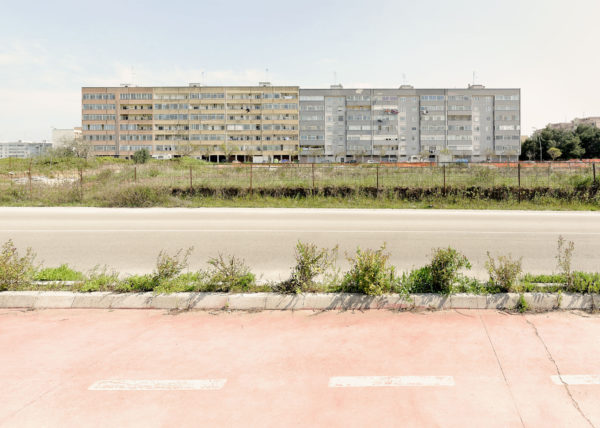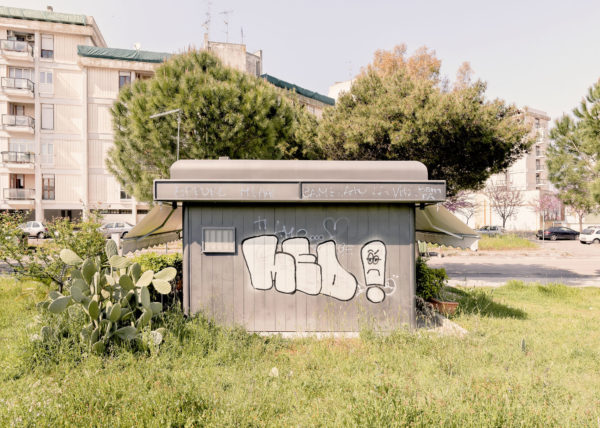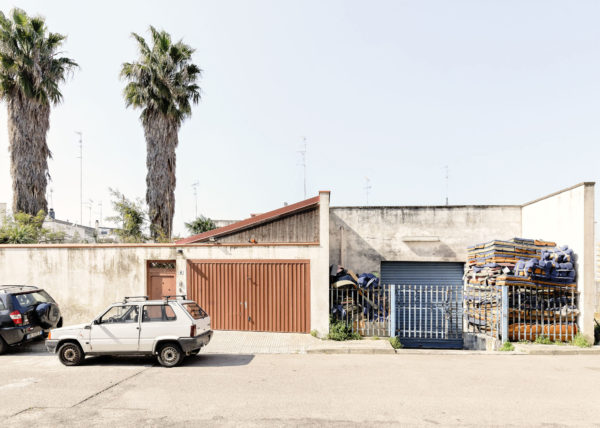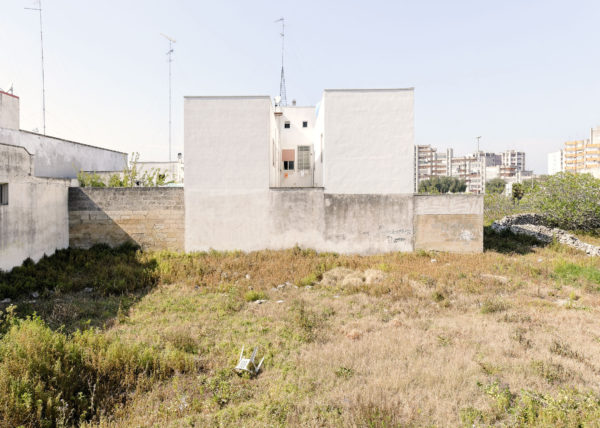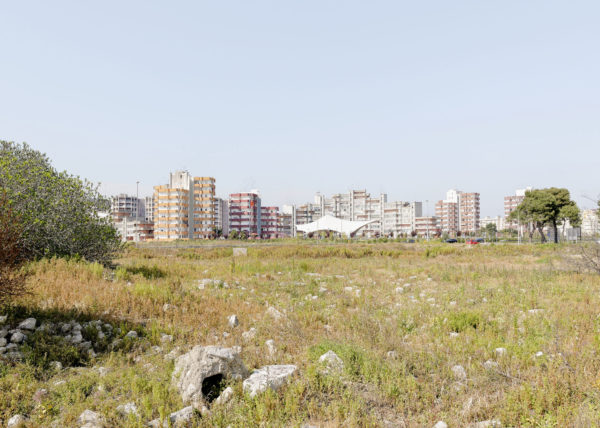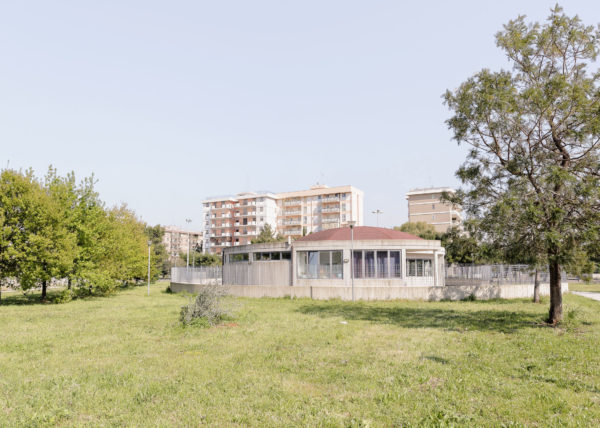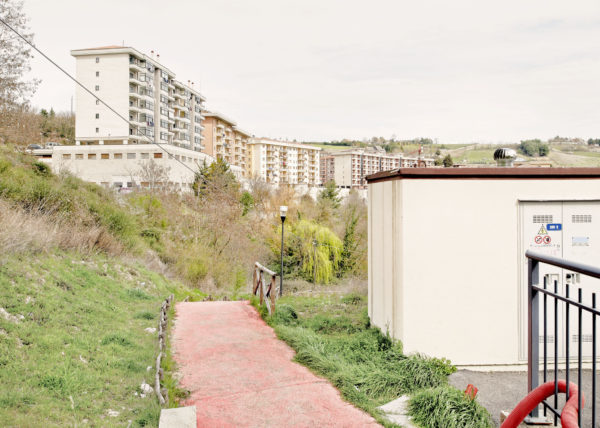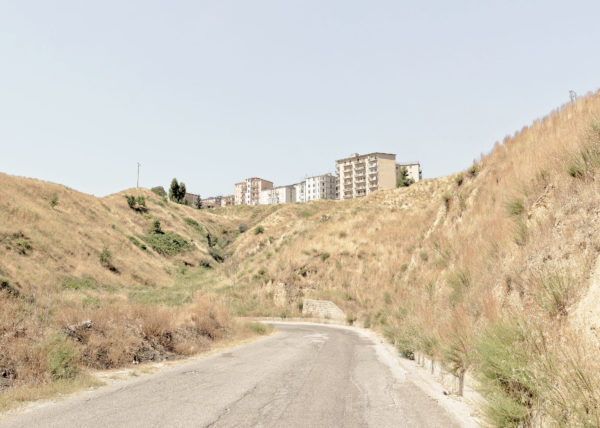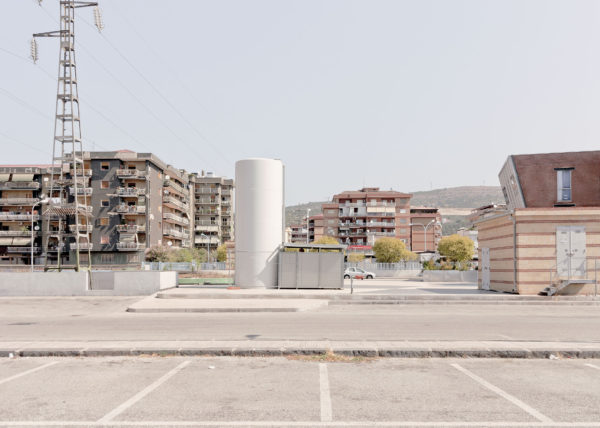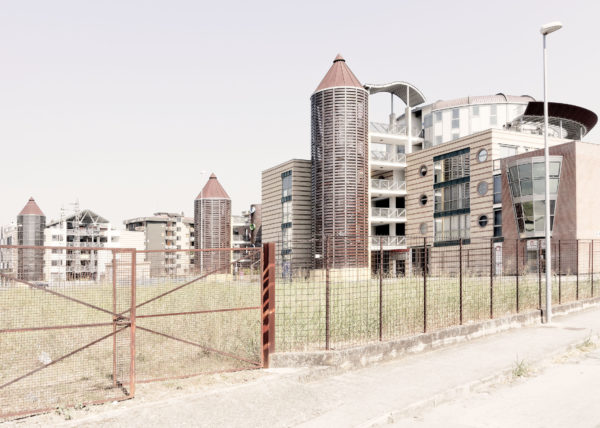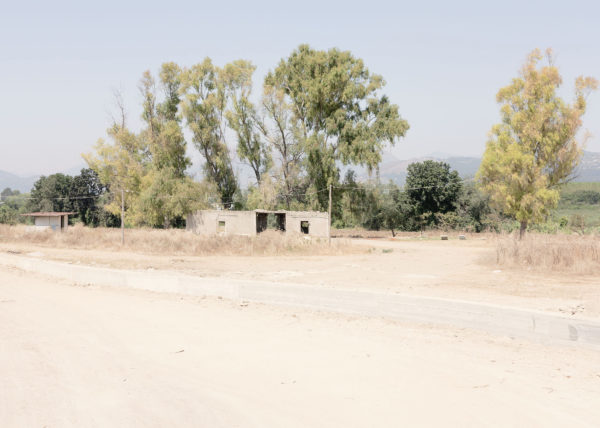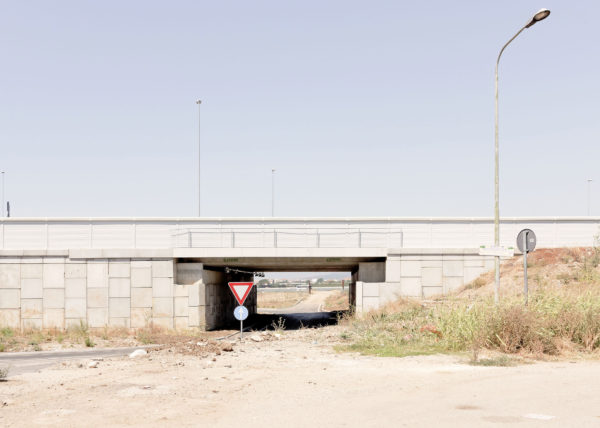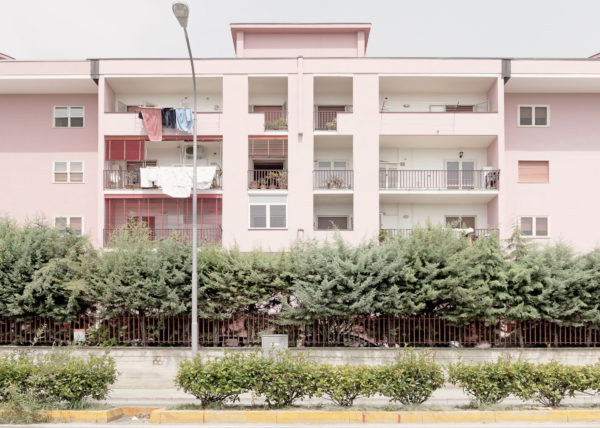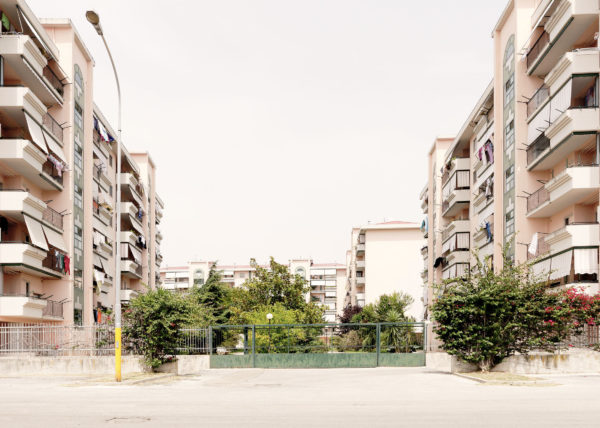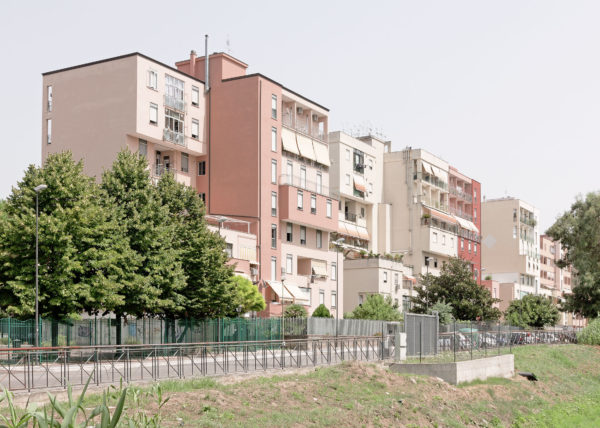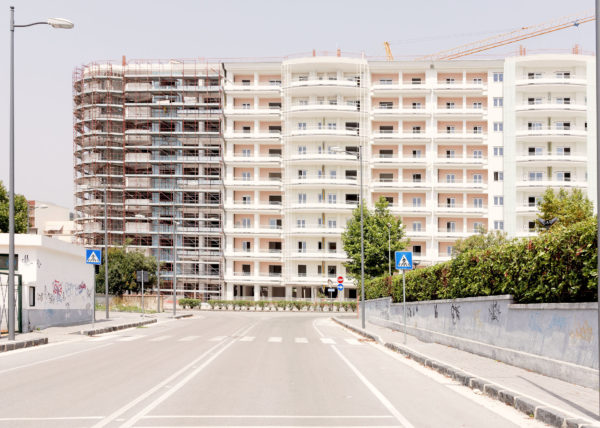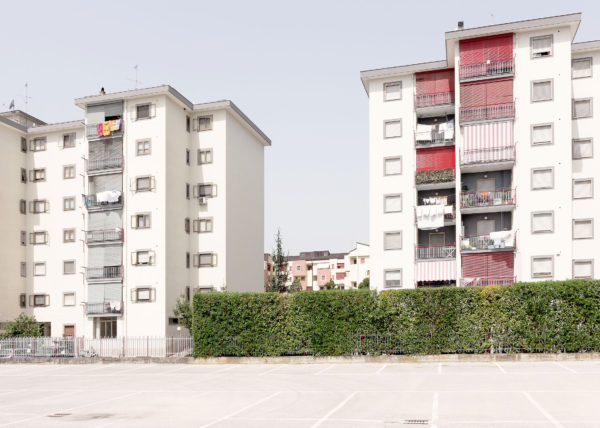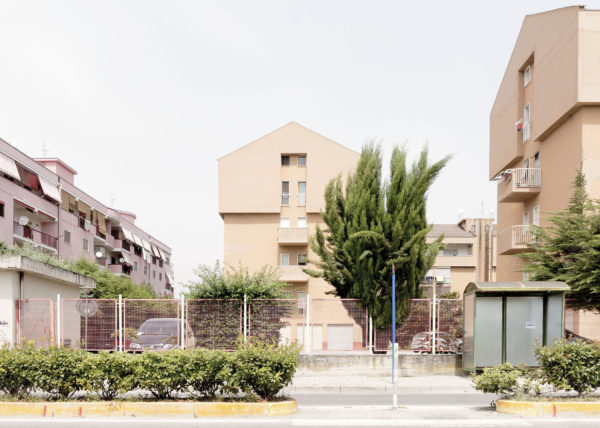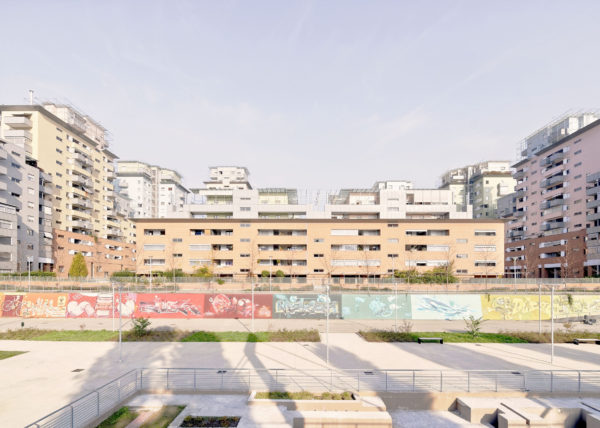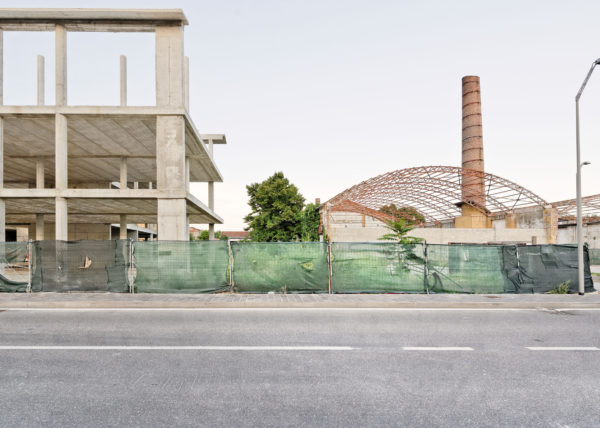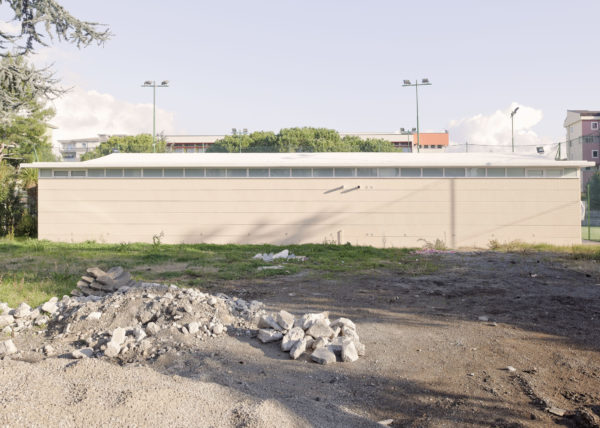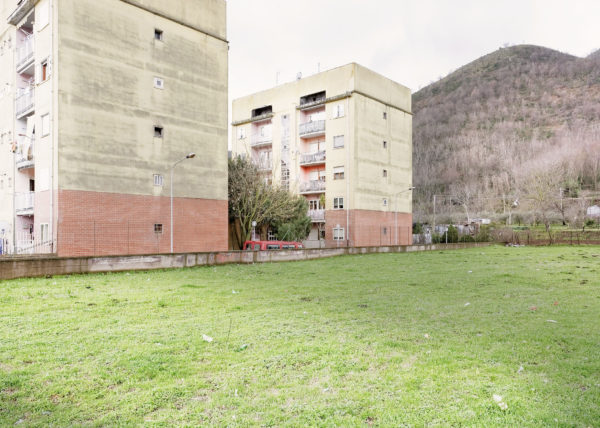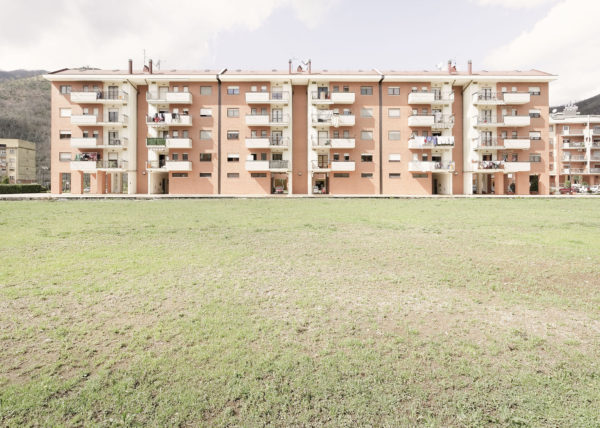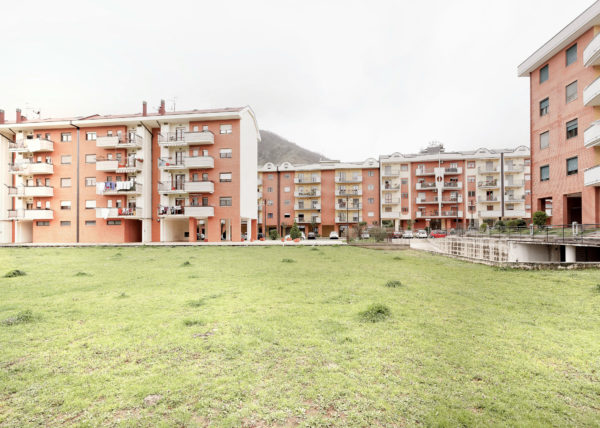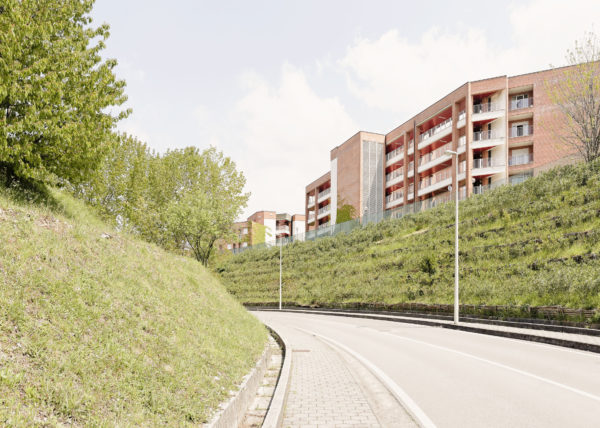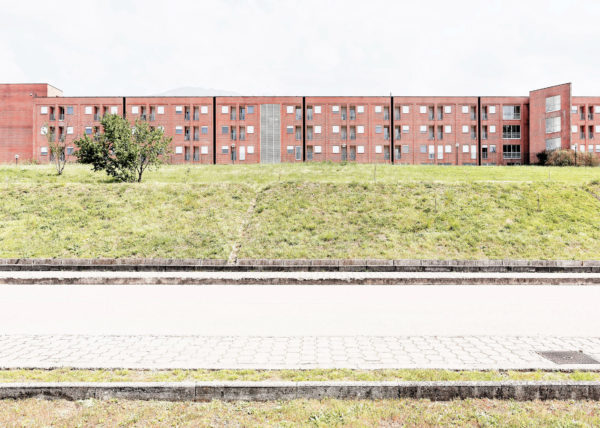Terra di nessuno No man’s land
La terra di nessuno è una porzione di territorio non occupata oppure rivendicata da più parti che lasciano tale area non occupata a causa di timori o incertezze che deriverebbero dall’impadronirsene. Il termine era originariamente utilizzato per definire un territorio conteso o una discarica per rifiuti posizionati tra due feudi. E’ utilizzato soprattutto per descrivere, nella prima guerra mondiale, l’area situata tra due trincee nemiche in cui nessuna delle due parti voleva muoversi apertamente o che nessuno voleva prendere per paura di essere attaccato dal nemico durante l’azione: con questo senso fu coniato il termine in lingua inglese no man’s land.
The no man’s land is a portion of land not occupied or claimed by several parties that leave that area not occupied due to fears or uncertainties that would result to take possession. The term was originally used to define a contested territory or a dumping ground for waste positioned between two feuds. It’s used primarily to describe, in the first world war, the area situated between two enemy trenches that neither of two fighters wanted to take for fear of being attacked by the enemy during the action, with this sense the term was coined in the English language no man's land.
Franco Sortini Terra di nessuno No man’s land
Tutto intorno alle grandi città si sono sviluppati i nuovi insediamenti urbani, per accogliere chi si trasferiva dalle campagne. Le grandi periferie molte volte sono diventate addirittura più grandi delle città stesse, pur rimanendo estranee al centro urbano, e riducendosi a quartieri dormitorio. Il più delle volte mancano i più elementari servizi sociali. Si vive quasi in un deserto urbano dove la necessità di abitare un luogo supera il diritto di avere una vita migliore. Francesco Erbani nel suo libro “Roma: il tramonto della città pubblica”, si chiede ‘siamo sicuri che le trasformazioni avvenute o che stanno avvenendo a Roma vengono incontro a bisogni collettivi? o non sono, invece, l’effetto di strategie immobiliari che danno lustro e soldi ai privati e scaricano oneri sul pubblico recando un utile molto dubbio alla città?”. In effetti le periferie hanno ragione di esistere se al loro interno sono previsti, oltre alle residenze, anche i servizi, le attività commerciali e direzionali, gli uffici e parte di quelle funzioni pubbliche che non possono più rimanere nelle zone centrali di una città. Queste grandi periferie, invece, assomigliano molto alla “terra di nessuno” : una zona di confine tra la città, intesa come luogo di vita, scambio di rapporti sociali, divertimento, cultura e la campagna, non più intesa come luogo produttivo ma come spazio abbandonato.
All around the big cities have been developed the new urban settlements, to welcome those who moved from the countryside. The large suburbs many times have become even larger than the city itself, while remaining outside the city center, and reduced to sleeping quarters. Most often lack the most basic social services. We live in an almost deserted city where the need for a place to live is most important than the right to have a better life. Francesco Erbani in his book ”Rome : the decline of the public city” , he asks: ” are we sure that the transformations that are taking place are necessary to meet to collective needs of Rome ? or are, however, the effect of real estate strategies that give prestige and money to private and downloading charges on the public and don’t carrying a very helpful to the city?” .In fact, the suburbs have no reason to exist if within them not are provided, in addition to residences, services, commercial and management activities, offices and part of those of the public office who can no longer stay in the central areas of a city. These large suburbs, however, look very much like ” no man’s land ” means an area of border between the city as a place of life, exchange of social relationships, entertainment, culture and the countryside, no longer as a productive place but as a abandoned space.


